
In what ways do historical hair practices continue to shape identity and community?
Historical hair practices shape identity and community by preserving ancestral knowledge, asserting cultural pride, and fostering collective resilience.

How did ancient adornments symbolize status and community within textured hair heritage?
Ancient adornments on textured hair conveyed status and community through a complex visual language reflecting heritage, social standing, and identity.
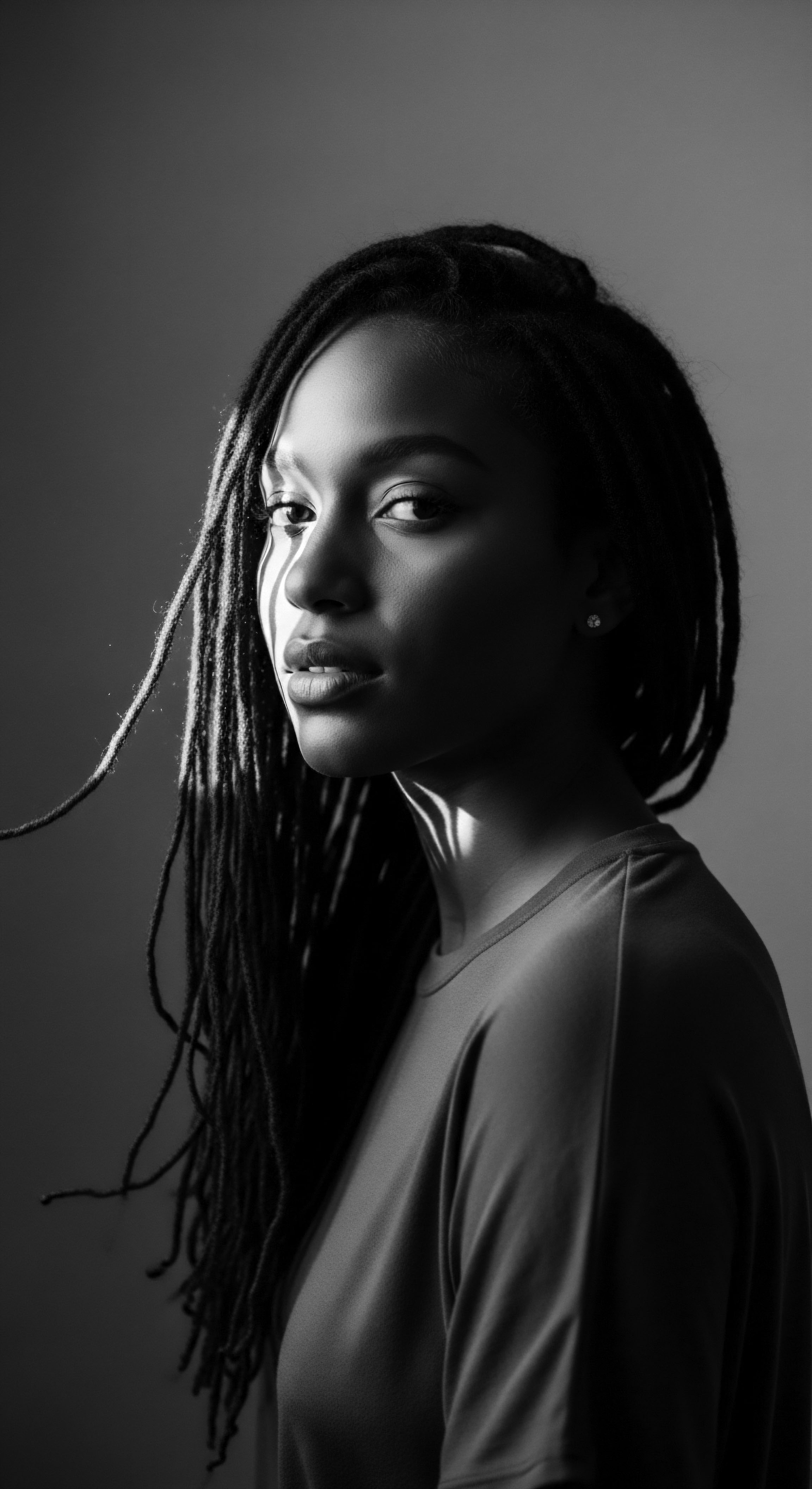
What historical role did traditional African hair care play in community identity?
Traditional African hair care was a vital expression of collective identity, status, and heritage, deeply rooted in communal practices.
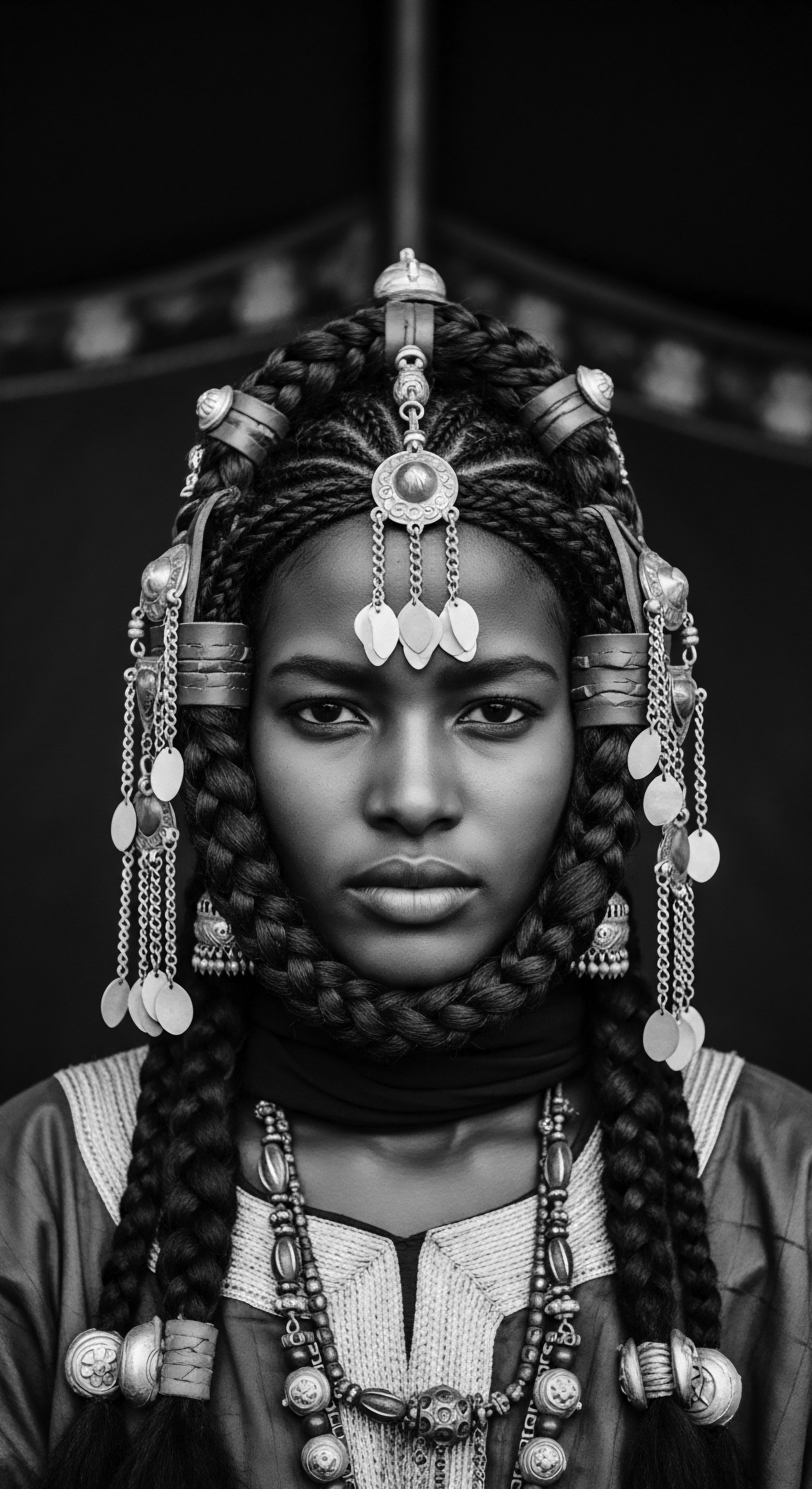
What is the historical connection between textured hair adornments and community identity?
Textured hair adornments historically served as powerful, coded expressions of status, spirituality, and collective identity within communities.

How did ancient textured hair styles relate to community identity?
Ancient textured hair styles were a visual language, articulating social status, spiritual beliefs, and communal belonging, deeply rooted in heritage.

How did historical hair practices connect to community heritage?
Historical hair practices created visual community maps and encoded identity, strengthening the heritage of textured hair across generations.

How did ancestral hair practices shape community identity in challenging climates?
Ancestral hair practices provided essential climate protection and served as potent symbols of collective heritage and belonging.

How do textured hair rituals connect to community identity?
Textured hair rituals deeply connect to community identity by transmitting heritage and affirming collective belonging.

What is the enduring heritage of African hair care rituals for community?
African hair care rituals represent a heritage of community, identity, and resilience, interwoven with the unique biology of textured hair.
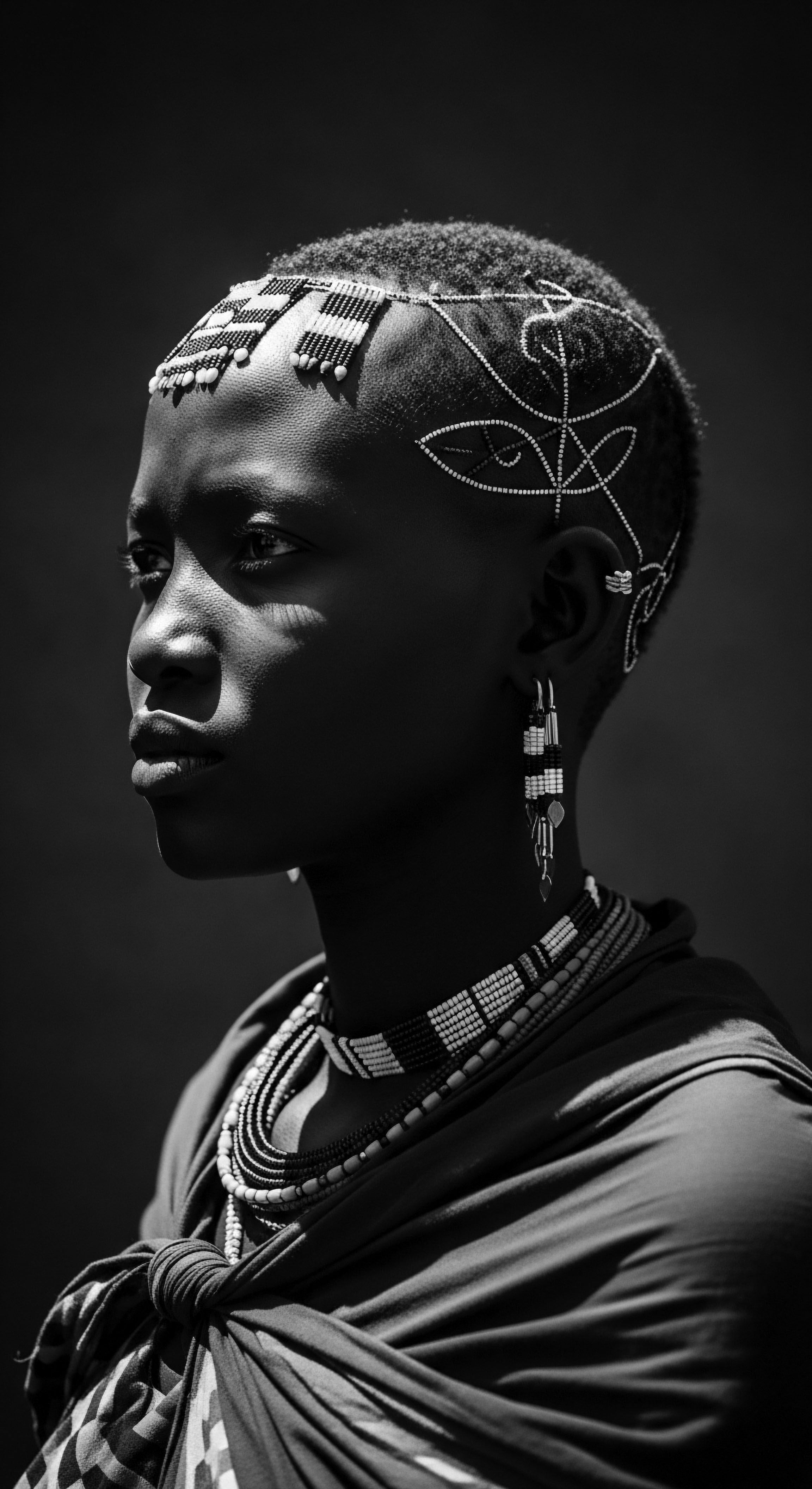
In what ways did ancient hair rituals strengthen community bonds and cultural identity?
Ancient hair rituals fortified community bonds and cultural identity through shared practices, symbolic adornments, and the communal transmission of heritage.

What is the historical link between hair rituals and community heritage?
Hair rituals profoundly link textured hair to community heritage, embodying identity, spiritual connection, and collective resilience across generations.

What ancestral hair rituals connect to community identity?
Ancestral hair rituals are profound expressions of community identity, embodying historical wisdom, resilience, and cultural continuity for textured hair heritage.

What ancestral practices shaped textured hair’s role in community identity?
Ancestral hair practices shaped textured hair’s role by embedding social status, spiritual beliefs, and resistance within communal identity, preserving heritage.
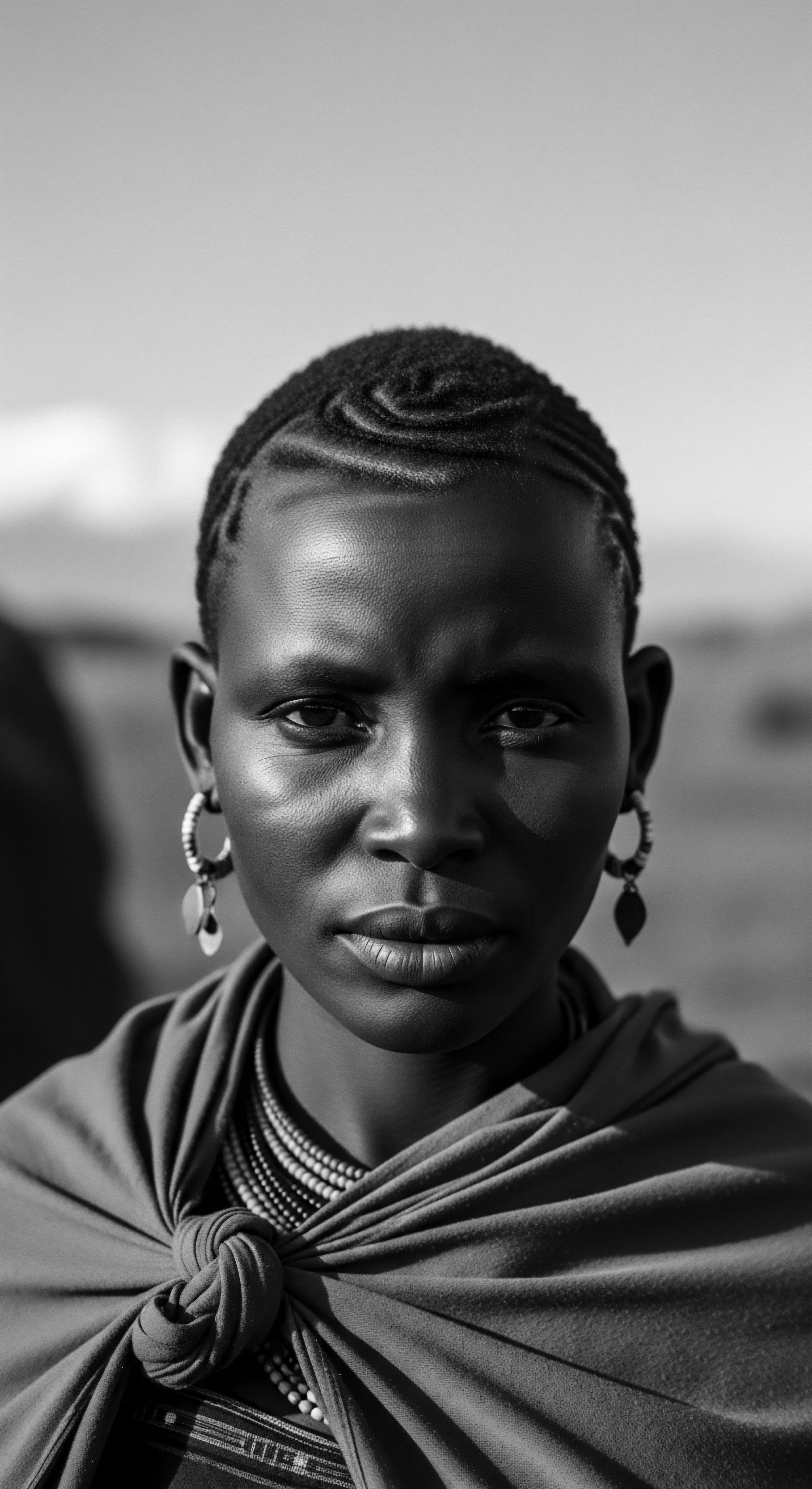
How did specific African textured styles indicate hierarchy?
African textured styles communicated social hierarchy through intricate patterns, adornments, and the labor invested in their creation, a profound heritage.

Can textured hair be a symbol of community and cultural legacy?
Textured hair serves as a profound symbol of community and cultural legacy, carrying ancestral wisdom and shared identity through its structure, styling, and care rituals.

How did ancient perceptions of textured hair impact community identity?
Ancient societies viewed textured hair as a powerful symbol, deeply impacting community identity through its visual communication of status, age, and spiritual connection.

How does shea butter connect to community identity in African heritage?
Shea butter binds African communities to their textured hair heritage through shared traditions, economic empowerment, and ancestral care rituals.

How did textured hair heritage influence community identity through time?
Textured hair heritage has shaped community identity through its ancient symbolism, acts of resistance, and ongoing reclamation.
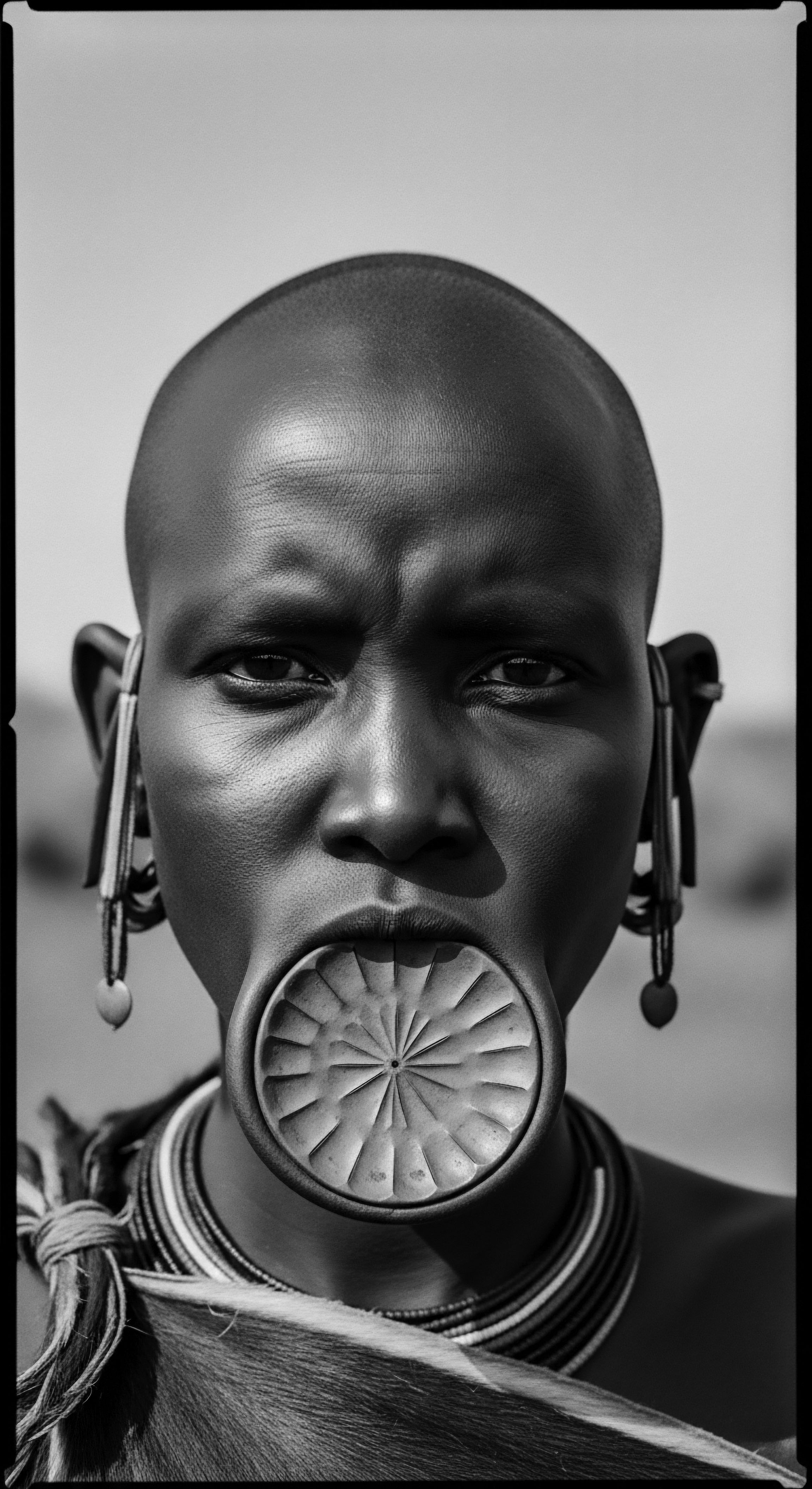
What historical practices connected textured hair to community heritage?
Historical practices connected textured hair to community heritage through intricate styling, communal care rituals, and its role as a visual language of identity and belonging.

How did adornments connect to community identity in African heritage?
African hair adornments served as powerful, visual declarations of community identity, status, and heritage, deeply woven into textured hair traditions.

In what ways did ancestral hair practices connect to community identity and environmental wisdom?
Ancestral hair practices wove community identity and ecological wisdom through shared rituals, material culture, and coded communication, profoundly shaping textured hair heritage.

How did ancestral hair practices connect to community heritage?
Ancestral hair practices wove community heritage into textured strands through shared rituals, identity markers, and vital cultural preservation.

How do ancestral hair practices connect to modern community identity?
Ancestral hair practices deeply connect to modern community identity by serving as living expressions of cultural heritage, resilience, and self-affirmation for textured hair.
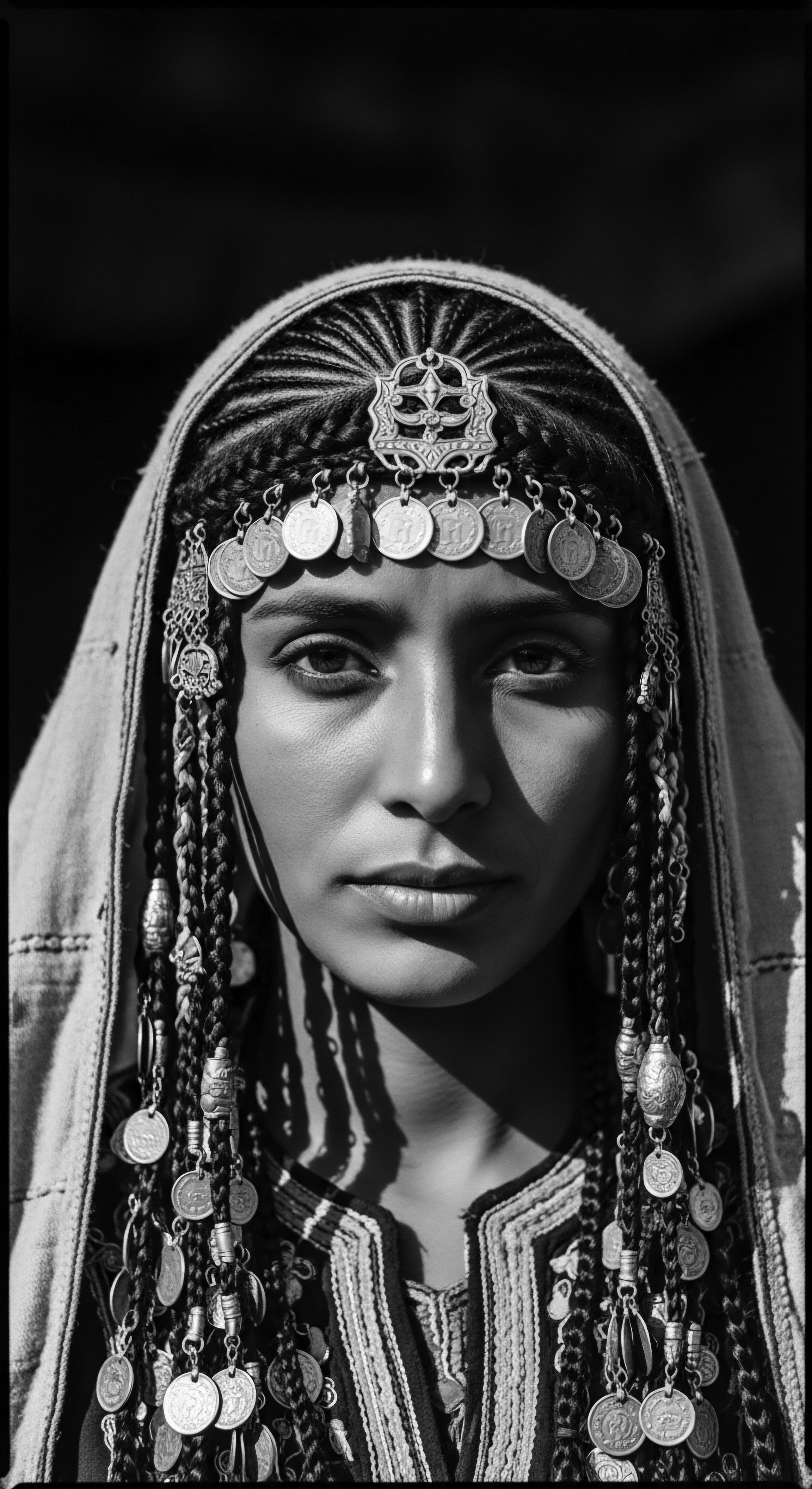
What historical connections exist between textured hair and community identity?
Textured hair's historical connections to community identity are rooted in ancient African communication and resilience.

